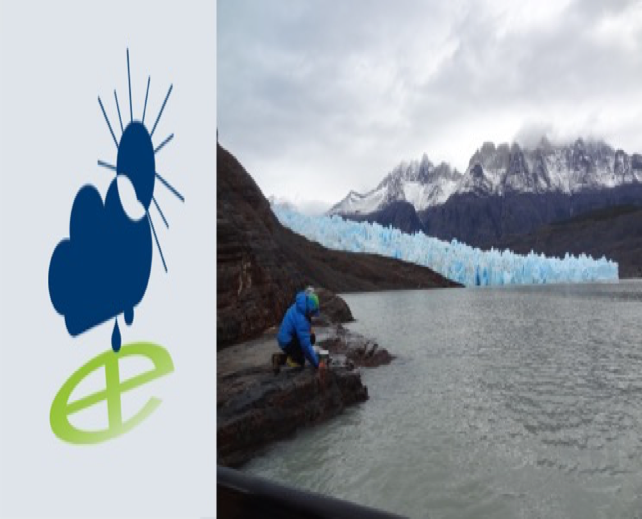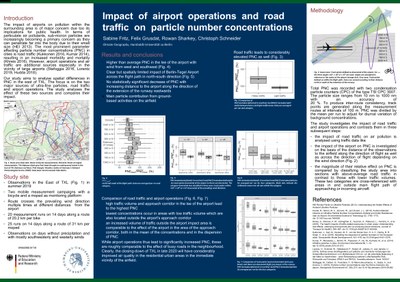Impact of airport operations and road traffic on the particle number concentration in the vicinity of a suburban airport

Publication:
- Fritz, S., F. Grusdat, R. Sharkey, C. Schneider (2022): Impact of airport operations and road traffic on the particle number concentration in the vicinity of a suburban airport. Front. Environ. Sci. - Toxicology, Pollution and the Environment, 10:887493, 1–-14. https://doi.org/10.3389/fenvs.2022.887493
Abstract:
Airports contribute substantially to ultrafine particle (UFP; <100 nm) concentrations on a local scale. These UFPs, which derive mainly from combustion processes, are generated during take-off and landing of aircraft, during aircraft movements on the tarmac, when engines and turbines are started, and by vehicles transporting goods and people on the airfield. UFPs are considered particularly harmful to human health as their small size enables them to pass far into the human body. This study investigates the extent to which particle number concentrations (PNCs) sized 7–2,000 nm respond to the cessation of air traffic due to the closure of a major airport. PNCs and wind data were monitored with a 5 s resolution at one location on the airfield of Berlin-Tegel Airport (TXL). The station was located 600 –640 m east of the runways and thus downwind of the runways for the predominant wind direction. Observations took place 24 h per day every day for about 3 weeks before and 3 weeks after the closure of the airport. During the measurement campaign, a total of 2,507 take-offs and landings took place. Including all wind directions, this study shows 30 %–40% lower PNCs on average, 2.5-fold lower maximum values as well as a 3-fold lower PNC spread after the closure of the airport. These differences are evident only during the day with active flight operations, and not during the nighttime flight ban. Downwind of the airfield, differences are even higher. After the closure of the airport, average PNCs drop by 70%, maxima by 85%, and variability is reduced by almost 90%. 70% lower and 30% less frequent PNC peaks occur downwind of the airport after flight operations are discontinued. This unique natural experiment allows for relatively clear conclusions about the relevance of airport operations on PNCs in the airfield area. The measurements carried out before and after the closure allow a direct comparison of the PNCs during airport operations and without any. Thus, our study reveals the change in UFP concentration that can be achieved through a reduction in flight operations.

